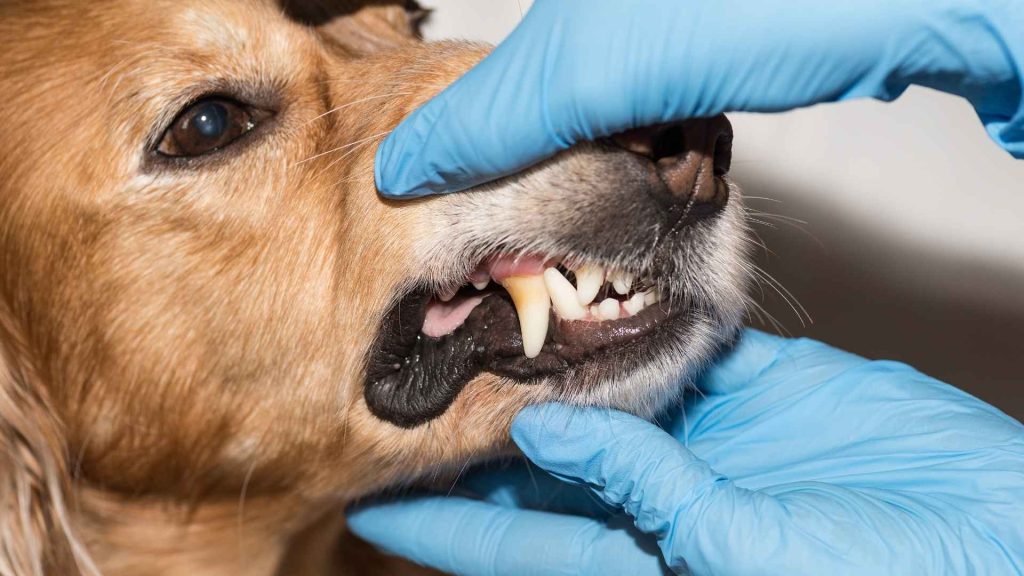
Reguards or affection towards our pets often go beyond simple love; we see them as part of our family, treasuring their health and well-being as much as our own. But what happens when our furry friends get injured or have damaged tissues? Have you ever considered the miracle that is tissue regeneration in pets?
Imagine harnessing the body's natural ability to heal and regenerate tissues, accelerating the healing process, and bringing your pet back to its agile, vibrant self faster. This is more than a whimsical dream; it's the intriguing reality of tissue regeneration in dogs and cats. A new age in veterinary care has dawned, focusing on regenerative treatments that heal our adored companions more effectively and rapidly. Today, we aim to delve into this impressive subject, illuminating tissue regeneration's fascinating process, it's immense benefits, and the groundbreaking therapies that promote it.
Understanding Tissue Regeneration in Dogs and Cats
In the past years, veterinary science has stepped into a new frontier of tissue regeneration for dogs and cats. Tissue regeneration is a biological process that allows the body to effortlessly restore damaged or lost cells, tissues, or organs to their original state.
This natural healing mechanism, widely observed in many animal species, can have exceptional advantages for our four-legged companions. For instance, dogs can effectively recover from common injuries such as muscle strains, bone fractures, ligament tears, and even serious wounds.
Cats are equally adaptable, with studies showing evidence of enhanced tissue regeneration capabilities. This can be particularly beneficial in cases like post-surgical recovery or healing from chronic skin conditions. By harnessing the power of tissue regeneration, we can offer our pets better quality of life and increased longevity.
The Remarkable Healing Process: How Tissue Regeneration Works
Tissue regeneration in our furry companions is a complicated, yet fascinating process, much like what occurs in humans. It begins with the immediate response to injury, where the body's defense mechanisms come into play, releasing chemicals that trigger inflammation and platelets that form clots to stop bleeding.
Stages of Tissue Regeneration
Next, new cells, including fibroblasts and inflammatory cells, migrate to the injured site for the proliferation phase. These cells work meticulously to replace lost and damaged tissue. Gradually, the remodelling phase begins, aiming to restore the tissue to its original structure. Here, the scar tissue formed earlier is transformed into functional tissue.
Essential to this process, stem cells are a powerhouse. They differentiate into various cell types, accelerating tissue repair and regeneration. However, factors like age, health status, and injury severity can influence the success of tissue regeneration – a concept we'll explore in detailed depth later. Stay tuned!
Promoting Healing and Expedited Recovery in your Beloved Pets
Encouraging speedy healing and recovery in your furry pals greatly contributes to their overall well-being. Tissue regeneration is not an isolated incident; it's part of a holistic healing process that you, as a pet owner, can profoundly influence.
Maximizing Tissue Regeneration Capabilities
Several strategies can help promote tissue regeneration in your dogs and cats. A key strategy is supporting their bodies with the proper nutrition, as certain nutrients, such as protein, are critical for tissue development and recovery. Hydration, too, is an imperative aspect; it lubricates joints that may be under stress due to damaged tissue.
Physical Therapy and Exercise
Physical therapy and light exercise can also assist the process. Just like humans, our pets build muscle and repair tissue through guided exercises. Consult with a veterinary therapist to design a program that will promote healing without causing additional harm, a critical element for achieving optimal recovery, which we will delve into further in the ensuing section.
Exploring Cutting-Edge Treatments for Tissue Regeneration in Dogs and Cats
One of the most exciting fields in veterinary medicine is regenerative therapies. These cutting-edge treatments leverage innovative technologies aiming to support and speed up the tissue regeneration process in pets. Such treatments are providing incredible solutions to numerous health challenges, from fractures to severe cases of arthritis.
Regenerative Medicine Advancements
Recent advancements in this sphere, such as the application of autologous conditioned serums, stem cell therapy, and platelet-rich plasma (PRP) therapy have been instrumental in enhancing tissue regeneration. For instance, stem cells extracted from the dog's fat or bone marrow offer high regeneration potential and have been successfully used to treat injuries and diseases including osteoarthritis, hip dysplasia, and tendon or ligament injuries.
It's inspiring to witness how today's veterinary science, through technologies like https://biochange.life/, is setting new paradigms for pet health and renewed vitality. As we have discussed in previous sections, understanding and supporting tissue regeneration holds excellent prospects for the overall well-being of our cherished animal companions.
